From apostolic times, it has been customary for the Church to act, to a great extent, as the almoner of her people; collecting their contributions and distributing them, usually in three ways - for the poor, the fabric of the churches, and the support of the clergy. Opportunity was also given from very early days for the faithful to exercise their charity in giving alms in connection with the public services of the Church. To some such custom St Paul alludes when he writes to the Corinthians (1 Cor. 16:2) “Upon the first day of the week, let every one of you lay by him in store, as God hath prospered him, that there be no gatherings when I come.” St. Chrysostom also refers to a practice whereby the deserving poor were encouraged to stand at the church door to receive alms from those who entered. “Therefore the poor stand before the doors of the church,” says he, “that no one should go in empty, but enter securely with charity for his companion: you go into church to obtain mercy, first show mercy; make God your debtor, and then you may ask of him, and receive with usury: we are not heard barely for the lifting up of our hands; stretch forth your hands not only to heaven but also to the hands of the poor.”
The magi offering their gifts, 14h century stained glass form All Saints North Street, York.
The offerings of the people in those primitive times were very various, as they often are now in missionary stations in barbarous lands. But not all gifts might be brought to the altar for solemn presentation. Bread and wine for use in the Eucharist were so offered; the first-fruits of corn and grapes as representative of all other first-fruits, and oil and incense for the services of the Church, these also might be laid upon the altar, but not at the time of the Eucharist. Money does not appear to have been recognised for some time among the offerings which were to be formally received and presented.
The old name of the Feast of St Peter's Chains on August 1st, - Lammas Day - recalls some of the gifts in kind anciently made in the English church. This word has been variously interpreted as meaning Lamb-Mass and Loaf-Mass. In connection with the former, the Welsh name is quoted, which is Lamb Tithing Day, and there is also instanced an old usage at York. It is alleged that the tenants of the chapter of York, whose minster is dedicated in the name of St Peter ad Vincula1, had on this festival to bring a live lamb into the church during the celebration of High Mass and to present it at the altar. There is, however, far stronger evidence on behalf of the other derivation. King Alfred, in his translation of Orisorius, renders the calends of August by “Hlaf-Maesse”; and, as if to supply the connecting link between that form of the word and the more modern one, the Anglo-Saxon Chronicle, under the date of 921, speaks of this festival as “hlam-maesse.” It is obvious, therefore, that loaf-mass is the original word, and this has been further explained by the use of festum primitiarum, or feast of first-fruits, as an equivalent Latin term: and it is said that a loaf, made from the newly harvested wheat, was on this day presented at the altar as an act of thanksgiving. It was a day far more considered of old than in recent times, and ancient chroniclers frequently date events as happening at Lammas Tide. Robert of Gloucester says of King Edmund that “the Lammas afterward he spoused the Queen.”; the Saxon Chronicle reports that William Rufus was slain on the morrow after Lammas Day; and one of the ballads of Chevy Chase2, fought on the eve of that festival in 1388, begins-
“It fell out about the Lammas tide
When yeomen win the hay,
The doughty Douglas gan to ride
In England to take a prey.”
The offering of the lamb at York leads us on to other animal oblations. In Carnarvonshire there was, in Pennant’s days, a curious usage which was not wholly extinct half a century since. On Trinity Sunday, the people of the neighbourhood brought to the church of Clynnock Vaer, as they had formerly done to the monastery there, all such calves and lambs as had been born that spring with a certain birthmark on the ear, known as Nod Beuno, or St. Beuno's Mark. These the church wardens received and sold, the money being applied to the relief of the poor or the repair of the fabric of the church. Until expended, the proceeds of the sale were kept in St. Beuno's chest, a massive coffer hewn from a log of oak and secured with three locks; whence any difficult matter is locally compared to breaking open St. Beuno's chest.
This is an oak chest constructed in the same way as the one mentioned above, and from a similar time, as it is believed to have held the relics of St Winefride at one time. It’s a big trunk of oak, with space dug out in the middle and a hinged lid attached. As you can see, it must have had three locks at one time.
On St. Agnes' day, two lambs are solemnly blessed at the church of that saint in Rome, being carried on cushions to the altar, and from the fleeces of these are subsequently woven the woollen pallia, given to the archbishops of the Roman obedience.
There were other similar cases in medieval England; the offering of the animal being not seldom, as at York, a form of land tenure. A white bull was annually presented at the Abbey in Bury St Edmunds, and the fishermen of the Thames offered a salmon at the altar of Westminster Abbey. At St Paul's, from the reign of Edward I to that of Elizabeth, a doe was presented to the dean and chapter, and solemnly received by them at the choir steps, on the feast of the conversion of St Paul, and similarly a fat buck was brought thither in the summer. This was done in accordance with the bequest of one of the family of Le Baud, some of those whose descendants and their retainers were commonly present at the ceremony. The manor of Raby was held of the chapter of Durham by the Neville's for the service of a stag presented at the cathedral on St Cuthbert's Day.
After the Battle of Neville's Cross, the victors offered the spoils of the Scots, the banners, jewels and, above all, the famous Black Rood of Scotland, at the high altar of Durham Cathedral. The tattered banners of our regiments are still often delivered to the custody of the church by which they were originally blessed, and on their reception they are placed first upon the altar and then hung somewhere within the walls, of a church connected in some way with the regiment.
Chapels containing regimental flags are not uncommon; here’s one at Halifax (Yorkshire). Flags are usually left there until they fall apart, so can last for a hundred years or more. The oldest here are nearest the altar.
In treating of curious offerings, the royal oblations and gifts at Epiphany and on Maundy Thursday must not be forgotten.
In commemoration of the gifts of the Magi to the infant saviour, it has long been the practice for the English sovereign, personally or by deputy, to make an offering at the altar of the Chapel Royal, St. James, of gold, incense and myrrh. The three gifts are enclosed in bags or purses of white kid placed within a crimson velvet box. In 1731, the Gentleman's Magazine records that “the King and the Prince (George II and Frederick, Prince of Wales), made the offerings at the altar of gold, frankincense and myrrh according to custom.” This usage is said to have lasted for nearly 800 years, and the Sovereign himself made the offering in person down to the middle of the last century. On these occasions the king advanced to the altar in great state, preceded by heralds and pursuivants, and by the sword of state, and accompanied by the knights of the Garter, the Thistle and the Bath, all arrayed in the collars of their respective orders. In the year 1758, however, the eve of the Epiphany found the royal family of England in great sorrow, as on that day took place the funeral of the Princess Caroline. George III therefore deputed the Lord High Chamberlain, at that time the Duke of Devonshire, to make the offerings in his stead on the morrow. Since then, the Sovereign has not again appeared in person at the ceremony, and now two gentlemen ushers of the household act as the royal deputies. The offerings themselves also declined within recent times, and became merely paltry amounts of myrrh and incense, and a trumpery roll of gold leaf. In 1860, at the suggestion of the late Prince Consort, 25 sovereigns were substituted for the last gift, and these are afterwards distributed to the deserving poor of the neighbouring parishes. The function is therefore now not only an interesting survival, but one that is practically useful.3 A similar practice obtains at the Court of Spain.
The Maundy gifts form the only surviving part of a much fuller ceremonial, in which the sovereign, in imitation of the humility of Christ, washed the feet of a number of poor folk, and then presented them with alms, and provided them a meal. James II was the last English king who personally performed this office, though for fully half a century later it was executed for the sovereign by a deputy. In 1731 the Archbishop of York, as Lord High Almoner, performed the duty. As, however, in any case the feet-washing and the dinner took place in one of the royal halls, and not, of course, within the Chapel Royal, they lie outside our limits. The donation of money is still continued and forms part of a religious ceremony. The Chapel Royal Whitehall is used for the service, which, in its devotional aspect, consists mainly of prayers for the welfare of the sovereign and of anthems usually dwelling upon the blessedness of charity. At intervals in the service, the several gifts are distributed, consisting of shoes and stockings, woollen and linen cloth, and money. This last is given to each recipient in two purses of red and white respectively. The red purse contains a sovereign, and since 1838 has also held a second sovereign and a half-sovereign in lieu of the banquet formerly provided, to which was added a certain amount of food which each was allowed to carry away. The white purse contains the Maundy money proper, consisting of as many pence as there are years in the sovereign's life, the sum being made up of silver pieces, valuing four pence, three pence, two pence and one pence. These coins are struck at the mint specially for this purpose, but the three pence (thruppence) piece of ordinary currency is practically the same as the maundy money of that value. The others, being necessarily somewhat rarely met with, are frequently exchanged afterwards by their recipients for ordinary coins at a considerable advance in value.4
Maundy gifts of the several kinds above mentioned, and graduated according to the age of the donor, were not of old limited exclusively to royalty.
For the household book of the Duke of Northumberland in the early part of the 16th century contains a list of similar gifts presented by him to poor folk on Maundy Thursday; and the practice is spoken of as if of long-standing.
The only place in the Book of Common Prayer at which it is ordered that alms should be collected from the congregation in general is in the Office for the Holy Eucharist, though in the course of the “Visitation of the sick”, we read, And again, “The Minister shall not omit earnestly to move such sick persons as are of ability to be liberal to the poor;” and again, “the woman that cometh to give her thanks,” that is, to be Churched, “must offer accustomed offerings.” The rubrics in the communion service are two, as follows: “Then shall the Priest return to the Lord’s Table and begin the offertory, saying one or more of these sentences following, as he thinketh most convenient in his discretion;” “Whilst these sentences are in reading, the deacons, churchwardens or other fit person appointed for that purpose shall receive the alms for the poor and other devotions of the people in a decent basin to be provided by the parish for that purpose; and reverently bring it to the priest who shall humbly present and place it upon the Holy Table.”
The use of the word “Offertory” in the former of these rubrics has been misunderstood and has of recent years led to its misuse. It has in some way got to be considered the correct name for the alms, which it is not, nor ever was. In its widest sense, the Offertorium, or offertory, is all that portion of the Eucharistic office which centres round the act of solemnly offering the elements previous to their consecration; it begins with the “sentences” in the English rite and ends with the Preface before the Sanctus. Two other derived meanings of the same word are, first, an anthem anciently sung during the collection of the alms and oblations of the faithful; and second, a silken napkin, akin to the more modern humeral veil, in which the deacon enveloped the chalice when offered to him by the priest. There is no authority for using the word as equivalent to the thing or things offered by the congregation.
The custom of committing the collection of the alms to the deacons is very ancient, but has necessarily dropped out of use with us, from the fact that there is so seldom one, and extremely rarely more than one, present at a service in an ordinary parish church. In the days when the diaconate was in many cases a permanent office, and when large churches, as in the primitive church, had seven or more attached to them, it was, of course, very different.
Have you seen my new publication - a translation of Shepherd’s Prayer by St Aelred of Rievaulx? Available now via Amazon around the world, the isbn is: 979-8344184814.
This is the Latin name for St Peter’s Chains
Not the actor named “Chevy Chase”! This refers to a battle in 1388 between the Scots and the English at Otterbourne in the Cheviot Hills. It centred around a decision by Lord Harry “Hotspur” Percy to hunt deer in the Cheviots, thus enraging the Scots, led by Lord Douglas. The Scots won but Lord Douglas was killed and the battle was, like others, preserved in an English ballad, called “Chevy Chase.” It’s not clear what the origin of the name was; it could be linked to the French word “chevauchee” which described the border raids between Scotland and England at that time, or it could be linked to the Cheviot Hills and the fact that “chase” was a common word used for hunting or the hunting grounds themselves.
This Epiphany ceremony is still carried out though the sovereigns are now loaned and the sum of £25 is now donated to a charity afterwards.
This Maundy ceremony is still carried out by the Sovereign and is a well-known and anticipated event. It is carried out in a different Cathedral each year, with recipients of the Maundy Money selected for their contribution to public life. As well as the “Maundy Money” proper (which is usually kept by the recipient), they are given some normal currency in lieu of the original additional gifts.

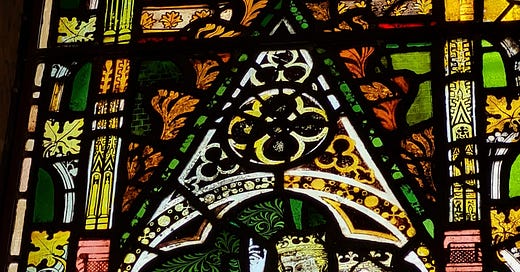


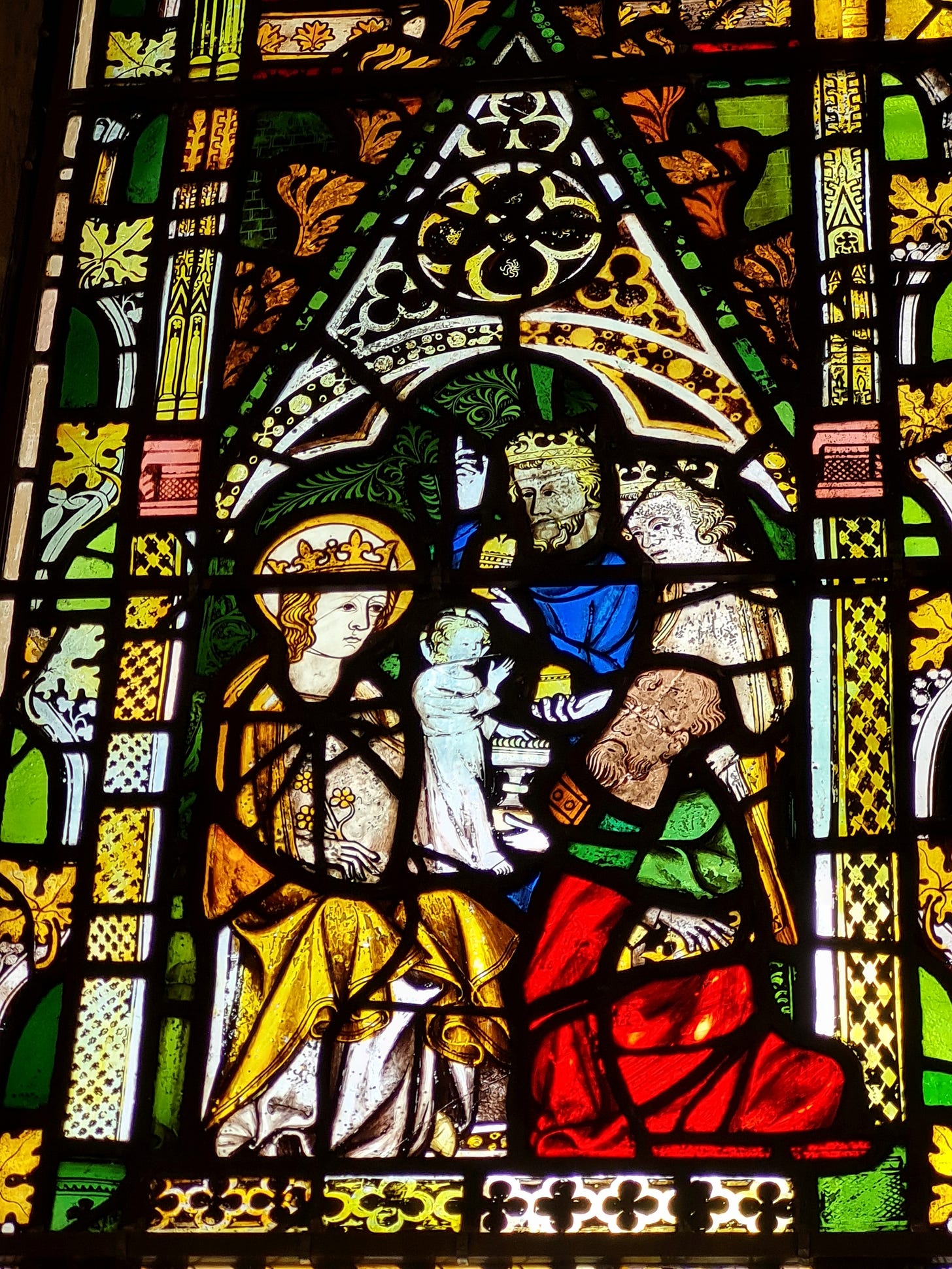
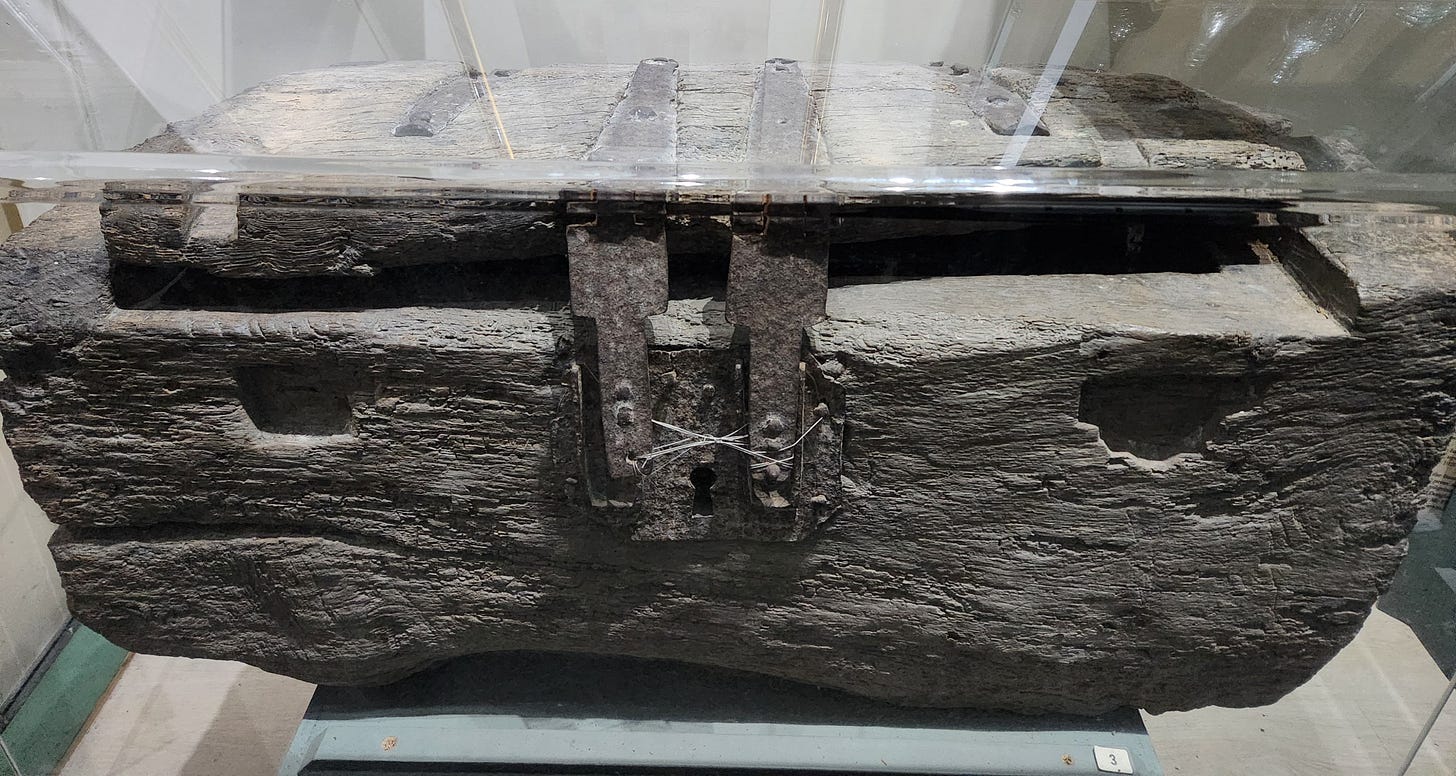
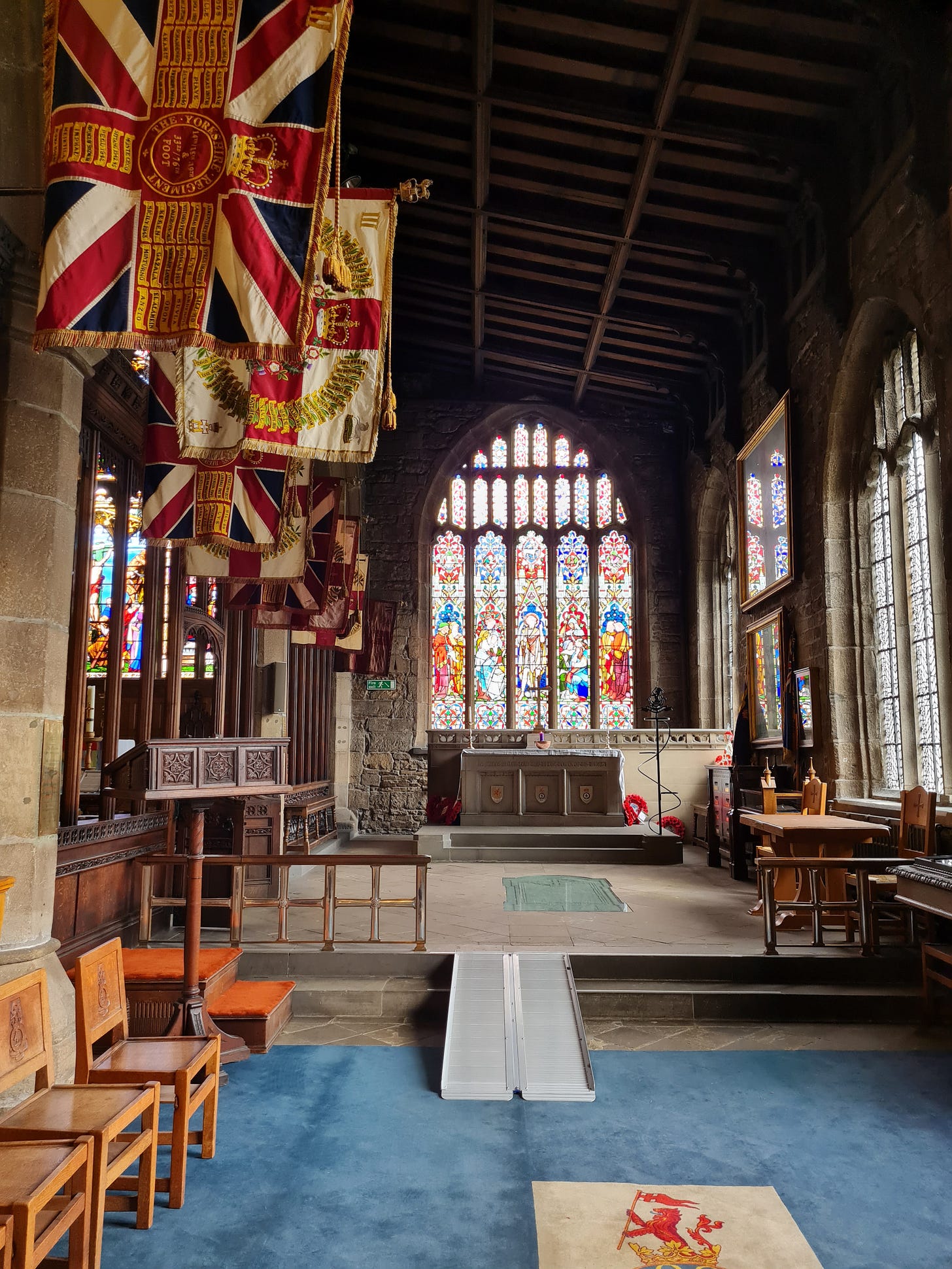



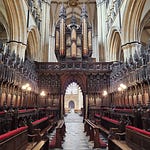
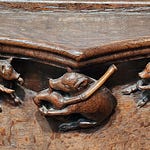




Share this post